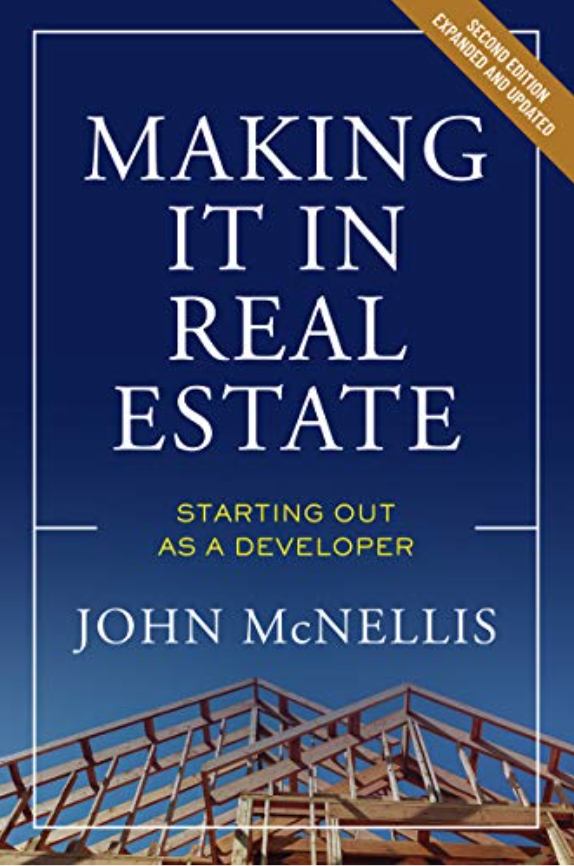In hindsight, yesterday’s common wisdom is often so wrong we wonder how we ever thought it true. In fact, some of us—the clever—occasionally deny having embraced discarded wisdom. We say we knew all along that Trump would win or that butter was good or that flossing was a waste of time (I still can’t believe that last one).
Yet, despite history repeatedly proving that common wisdom is more fashion than fact, today’s wisdom always seems so right. Until it’s not. A street wisdom, field-promoted to the level of a universal truth, has been chiseled into the intersection of tech and real estate for nearly two decades: The internet will kill old-school retail.
I remember skipping out of some futurist’s talk—every conference has one—in 1998 and joking with my partner that we had to sell our shopping centers. Why? Because, having grokked the future, this visionary was certain the supermarket was a dead-concept-walking, with groceries soon to be delivered by George Jetson.
Didn’t happen.
18 years later and online grocery sales are just 5 percent of total sales nationwide. Yes, supermarkets are beset by other challenges—deflationary pricing, minimum wage hikes and stagnant income growth among their shoppers—but the net? Not so much. Seems like the surefire concept of having harried minimum-wagers handpick your fruits and vegetables and double-check “sell-by” dates has met Fallujah-like resistance. Have you heard of a single profitable internet grocer? Webvan blew like a sabotaged refinery in 2001, while its lineal descendant, Instacart, is convincing few observers of its claims of profitability in some of its markets, some of the time.
Put aside America’s failure to embrace internet grocery shopping—i.e. ignore the thus-far insurmountable difficulty of scaling this business—and focus instead on its cost. The experts say the last mile accounts for 28 percent of total delivery costs, or about $6 or $7. Not only is this cost intuitive to anyone driving that mile to pick up her own groceries, it is borne out by what traditional markets charge for home delivery. Safeway charges $13 for delivery of purchases less than $150; all in, it costs about $19 to have Kroger deliver to your door. Wal-Mart charges $5-$7 with a minimum purchase of $30. With the average supermarket transaction—or, individual customer purchase—weighing in around $27, how many consumers can afford to add the delivery cost? Even to a purchase of $100?
Internet grocers are thus faced with a Hobson’s choice: Pass on their full delivery cost to their consumers and then watch them do their own shopping; or, continue to subsidize the delivery costs and slowly bleed out.
Nearing the end of Wall Street’s patience with option 2, Amazon seems to have at last acknowledged both tactics are Acapulco cliff dives and is ready to try a hybrid approach. Amazon is about to test several small stores, one in Seattle and two in the San Francisco Bay Area, wherein you, the consumer, eliminate that nasty last mile for the internet behemoth. You click your grocery order on-line the old-fashioned way, schedule a 2 hour pick-up window and then you drive to the 10,000 sq. ft. Amazon store (think 7-11 on steroids), park in one of the handful of available spots and an Amazonian will deliver your groceries to your car door. Or, you can go inside the small store and—here’s the highly touted plus—select your own produce, milk, eggs, meat and other perishables and then pick up your pre-ordered basket of goods. In other words, you can go to the market. A market, again like a 7-11, having an extremely limited selection of items on-premises.
Put another way, Amazon is raising the white flag, acknowledging that its home delivery service will never be cost-competitive with the bricks. And that the UPS guy can’t toss your groceries on your porch like a box of Zappos shoes—you have to be home to put the Dove Bars into the freezer. And if retail is all about convenience, how convenient is sitting out the delivery window at home?
Among numerous other shortcomings, I am so often wrong about companies and their prospects (I was positive bottled water was a passing fad) I should never speculate again, but it strikes me that if you have to crawl through that last mile of traffic anyway, why would you ever commit to a two-hour window—life gets in the way—to shop at a not-so-super market that, with its limited selection, has none of the fun of going to a traditional market offering fifty-four kinds of Oreos?
Whatever other effect the net will ultimately have on retail, it appears unlikely to decimate the grocery business. Home delivery will be what it’s been since the day the first corner grocery store opened in the 19th century, a necessary—but not necessarily profitable—service grocers must offer their customers.


